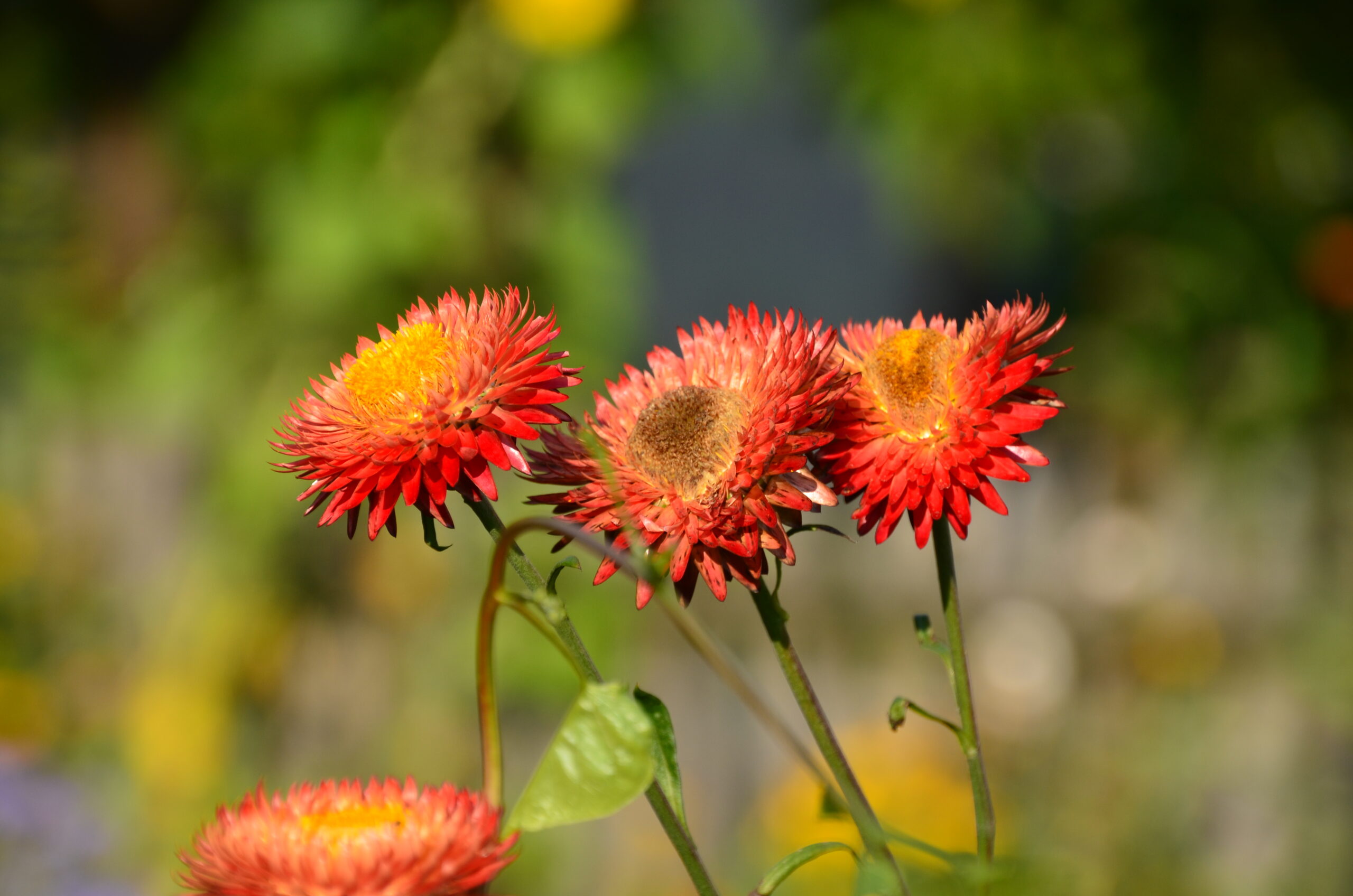Fachbereichsseminar 13.10.2017, 14.00 Uhr, HS 414 (1.OG, NAWI)
Recognition and location of a suitable host plant, potential mates or a nectar-rich flower is a complex task for the olfactory system of herbivorous insects. Insects have a highly sensitive and discriminating olfactory system. Plants and their flowers emit characteristic blends of volatile compounds that have to be identified by this sensitive system. In moths, behavioral and neurophysiological responses of males to sex pheromones have been well investigated because of the surprisingly high specificity of signals and responses within a species and a clear differentiation in signalling systems among species. For a sustainable future, in agriculture, scientists and farmers have to develop environmentally friendly, economically viable, and socially responsible technologies; therefore, the aim of my study is to combine basic and applied research including understanding the neuroethological background of insect olfaction and develop new environmentally friendly monitoring systems against pests using semiochemicals (pheromones and kairomones). I focus on the European corn borer (Ostrinia nubilalis), which is a model of evolution of sexual communication in insects, to understand the neuroethological background of pheromone polymorphism. We also work on tritrophic interactions between maize, European corn borer and western corn rootworm (Diabrotica virgifera) to understand the consequences of plant-mediated interactions between different consumers. I am also interested in hawkmoth (Manduca sexta) flower and plant volatile interactions and how leaf-derived volatile blends as a background affect the moths’ approach to flower blends. The intraspecific larval produced frass (excrete) volatiles which can deter oviposition of box tree moth (Cydalima perspectalis) and the plum sawfly (Hoplocampa minuta) attraction to plum flower odor mix are also in my focus. Finally, I would like to identify the differences in olfactory sensitivity to plant infochemicals between winter and summer morphs of spotted wing drosophila (Drosophila suzukii) to develop a selective bait, which is more effective in spring and early summer.
Univ.-Prof. Dr. Stefan Dötterl FB-Leiter
Gäste sind wie immer herzlich willkommen!
Schedule of the SEMINAR Series Dept. Ecology & Evolution, Oct. 2017 – July 2018





